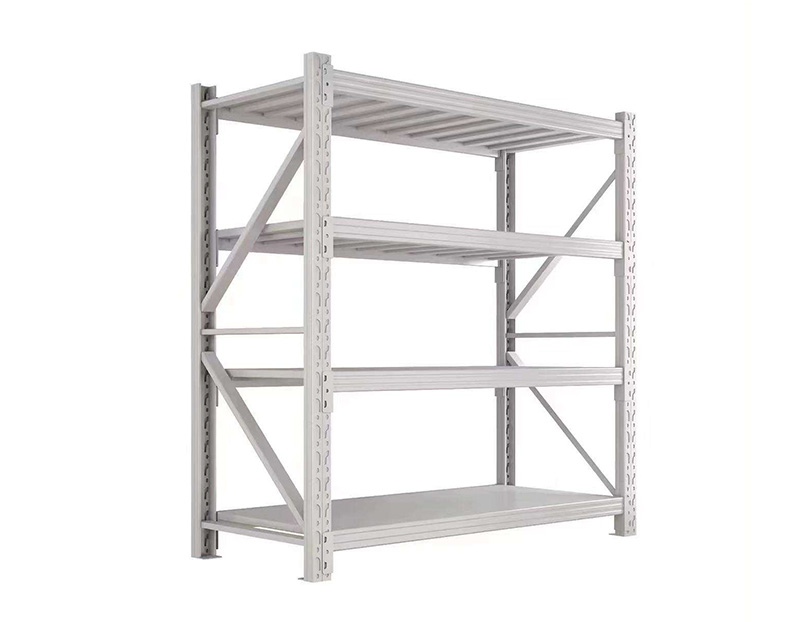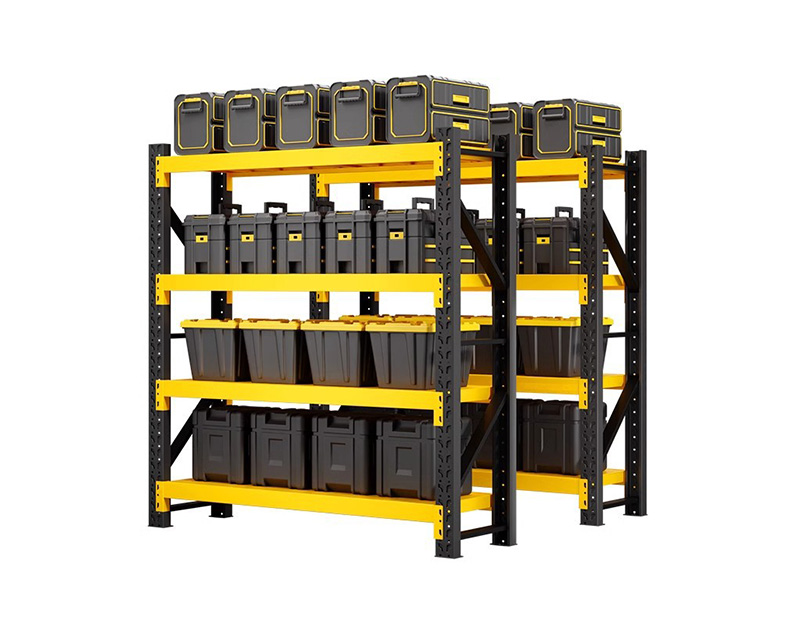Industrial Pallets: Choosing Between Wood, Plastic, and Steel
Industrial pallets play a foundational role in logistics and material handling, but not all pallets are created equal. Choosing between wood, plastic, and steel pallets depends on your specific industry, budget, handling conditions, and hygiene requirements. Each material has distinct advantages and drawbacks.

**Wooden pallets** are the most widely used due to their affordability and versatility. They're easy to repair, recyclable, and compatible with nearly all handling equipment. Wood is ideal for one-way shipping or general warehouse use, particularly in industries like agriculture, construction, and retail.
However, wooden pallets can splinter, absorb moisture, and harbor bacteria or pests. For export use, they must comply with ISPM 15 regulations, which require heat treatment or fumigation.
**Plastic pallets** offer a longer lifespan and are ideal for environments where cleanliness is critical. They are non-porous, moisture-resistant, and immune to rot, making them perfect for food, pharmaceuticals, and cleanroom applications. Their consistent dimensions also make them well-suited for automated storage and retrieval systems (AS/RS).
The downside is cost—plastic pallets typically have a higher upfront price. Additionally, they are less durable under extreme loads and may crack under heavy impact.
**Steel pallets** are built for strength and durability, capable of supporting extremely heavy loads in harsh environments such as automotive manufacturing or military logistics. They resist fire, chemicals, and corrosion (when treated), and last for years with minimal maintenance.
Their disadvantages include higher cost, heavier weight (which affects fuel usage during shipping), and the potential for surface rust if not properly coated or maintained. They also require specialized handling in some cases.
**Which should you choose?**
- Use **wood** for low-cost, general-purpose, or export use.
- Use **plastic** when hygiene, longevity, or consistent sizing is crucial.
- Use **steel** for heavy-duty, long-term applications in demanding environments.
Ultimately, the right pallet type aligns with your operational demands, regulatory environment, and total cost-of-ownership considerations.
 Smart Storage Equipment: Top B
Smart Storage Equipment: Top B
 Storage Systems: Design Ideas
Storage Systems: Design Ideas
 Storage Systems: Best Software
Storage Systems: Best Software
 Storage Systems: Maximizing Sp
Storage Systems: Maximizing Sp
